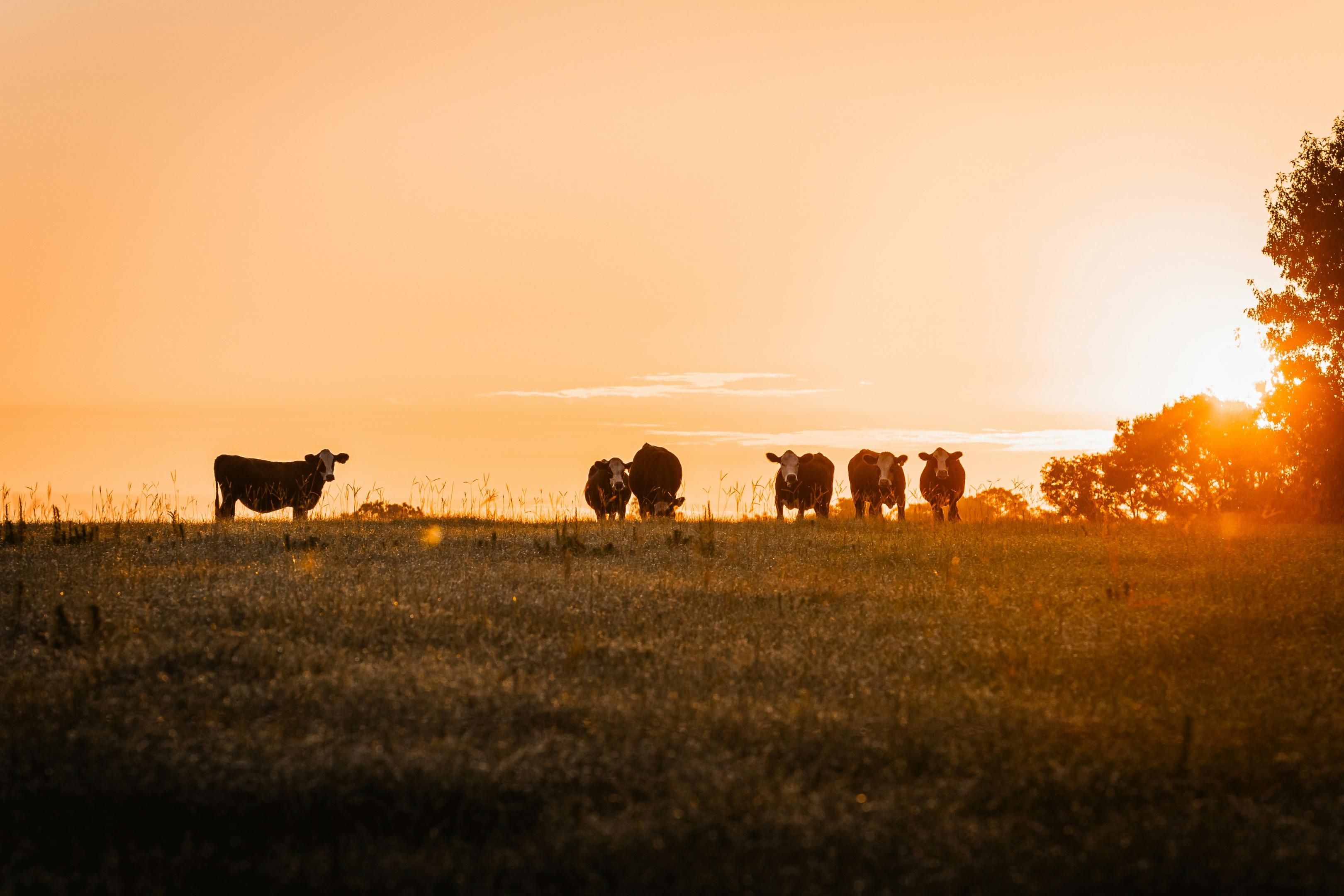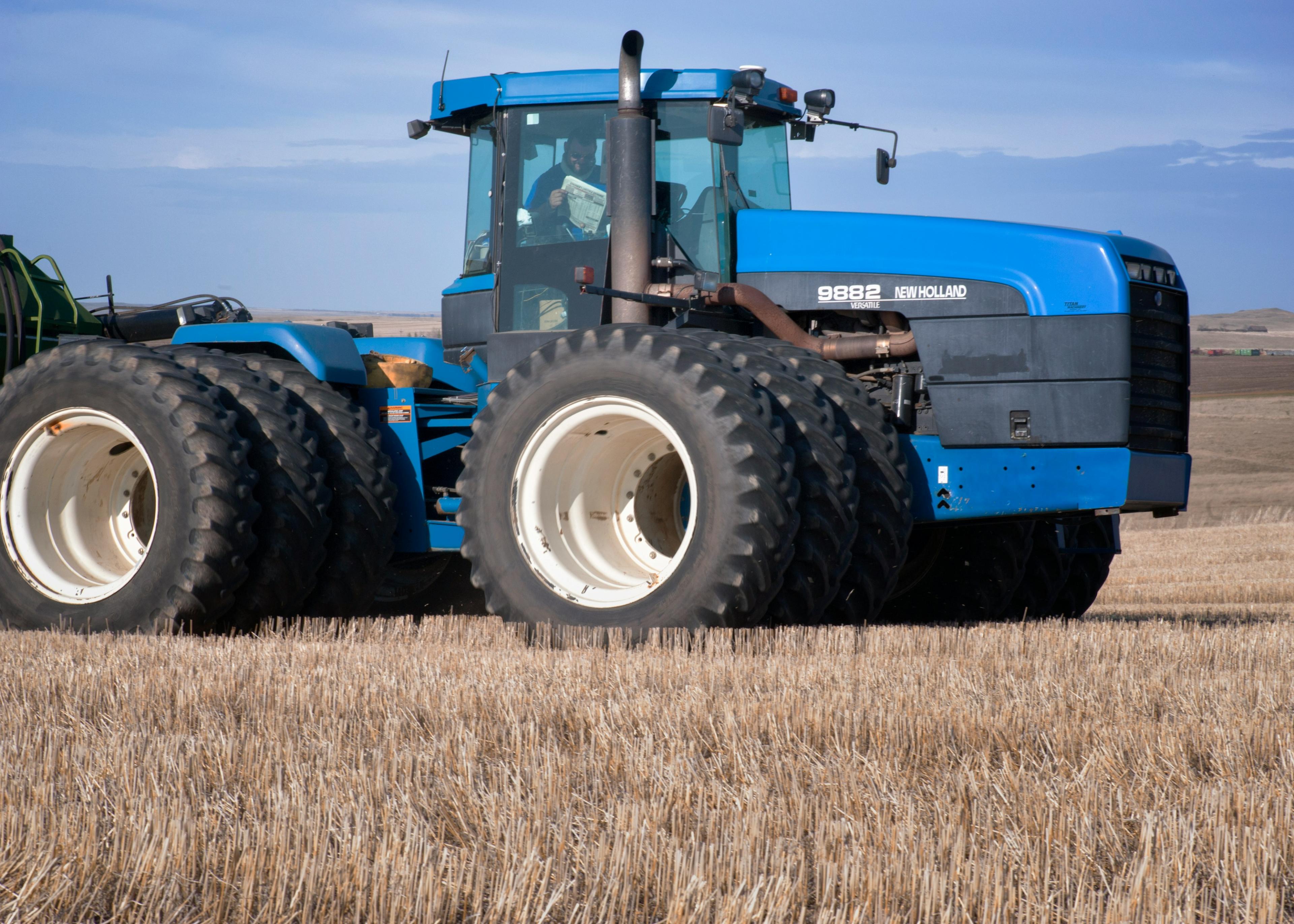We’re used to hearing about how methane emissions from livestock harms the environment. However, a recent report from the Sustainable Food Trust (SFT), ‘Grazing Livestock: It’s not the cow but the how’ (May 2025), challenges this, calling for a more holistic assessment that goes beyond counting methane emissions.
The report argues that rather than harming the environment, animals reared on grass through regenerative methods can play a crucial role in addressing climate change. It highlights the clear distinctions between industrial grain-fed systems and nature-based, pasture-fed livestock systems, emphasising that livestock reared on natural pastures they’re adapted to, without synthetic fertilisers, contribute to healthier soil, biodiversity, and rural economies, while providing nutrient-rich food.
The report was welcomed by Lord Deben, former chair of the UK Climate Change Committee, who commented that it could help to challenge the widespread public view that ruminant animals-particularly cows-are unsustainable.
SFT CEO Patrick Holden said the report demonstrates the need to differentiate between ‘livestock that are part of the problem and those that are an essential part of the solution.’
Feeding the world more sustainably
Industrial systems maximise short-term yield, but their reliance on chemical inputs and intensive land and resource use contributes to greenhouse gas emissions, soil degradation, and pollution. Regenerative natural pasture-fed systems prioritise soil health, biodiversity, and carbon sequestration by using rotational grazing, natural fertilisers, and holistic land management. This improves soil fertility and climate resilience, working with nature, not against it. For decades, the prevailing wisdom has been that intensive agriculture with its focus on efficiency and high outputs, was the only way to feed a growing population. However, in an increasingly unstable world, the need to find further sustainable ways to feed ourselves is only becoming more crucial. Can we do this with pasture-based systems?
SFT modelling suggests that pasture-based cattle and sheep could provide significant proportions of key nutrients, including up to 98% of the UK’s vitamin B12 needs and 30% of its protein, without needing to rely on global supply chains or high chemical inputs. Food for thought.
Consider carbon
Another important part of the picture is the carbon sequestration potential in well-managed grasslands. Healthy grasslands pull CO₂ from the air through plant growth, storing carbon in deep-rooted grasses, reducing greenhouse gases. Regenerative practices like rotational grazing improve soil health, increasing its ability to lock in carbon over time. This has positive implications for the climate. Carbon-rich soil retains moisture, reducing the impact of drought, improving biodiversity, and making ecosystems more resilient. As grasslands store carbon underground, it’s also less vulnerable to loss from wildfires or deforestation.
So, it’s not just about the cow, it’s about the how. While people have been led to believe that meat is unsustainable, what really matters is how the food has been produced. That all comes down to the farming system and whether it supports or potentially harms health and the environment. Are we just measuring this year’s harvest, or are we factoring in the health of the system that will be producing food for decades to come?





